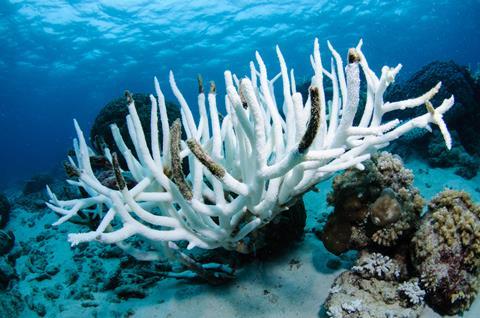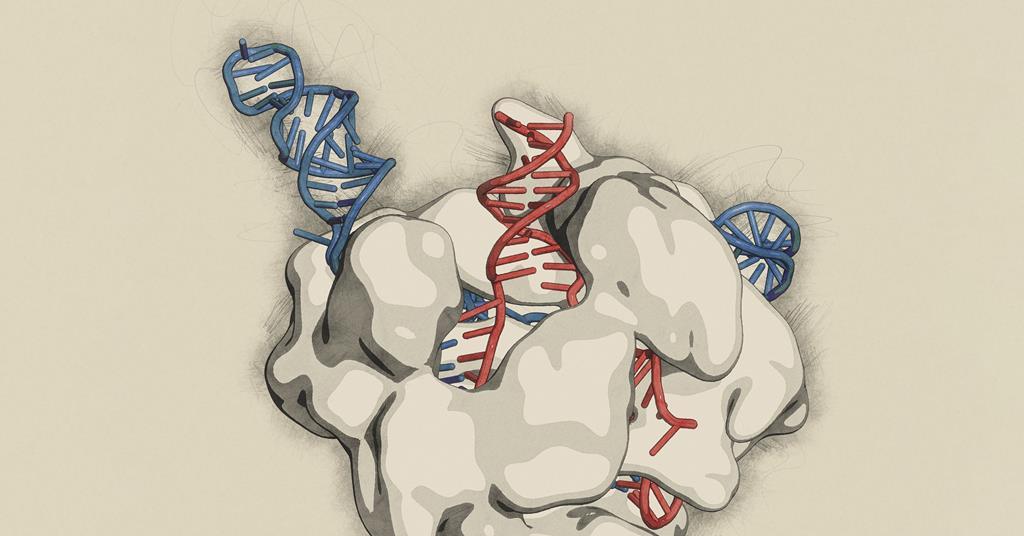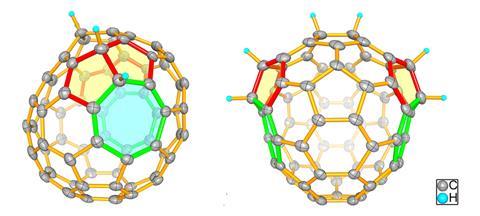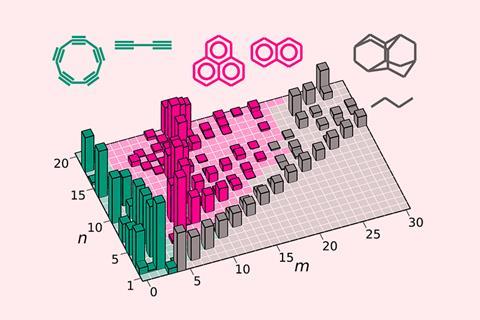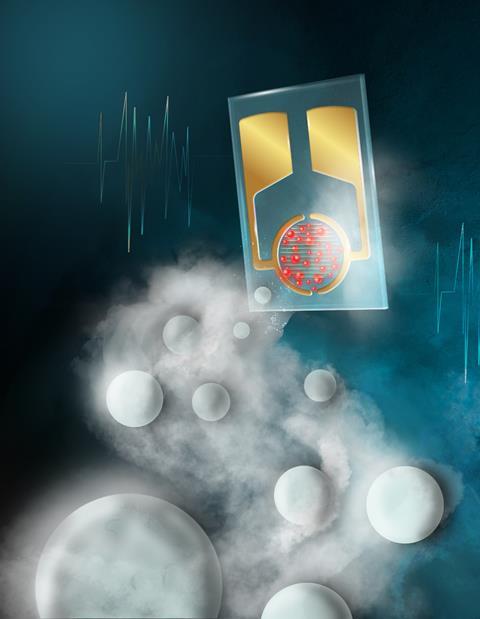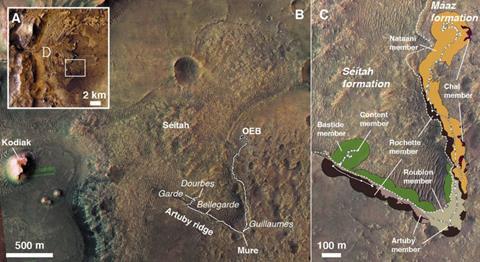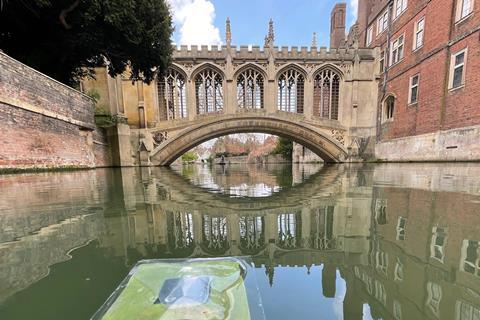In a summer of record-breaking temperatures in the UK and many parts of the world, millions are flocking to beaches, parks and other open space. If they are following public health advice, they will be wearing sunscreen. But how can sunlight – without which life on Earth would not be possible – be dangerous, and […]
Read More